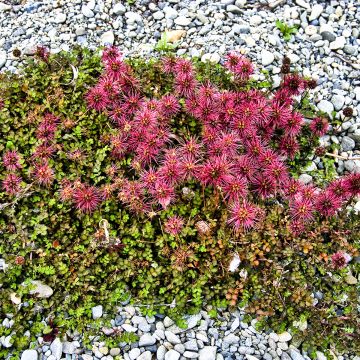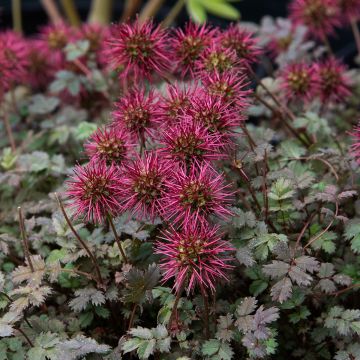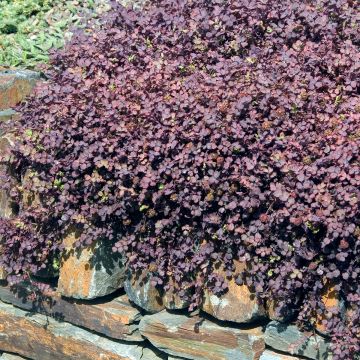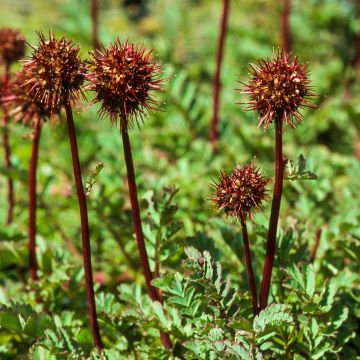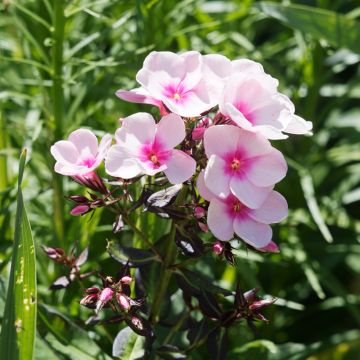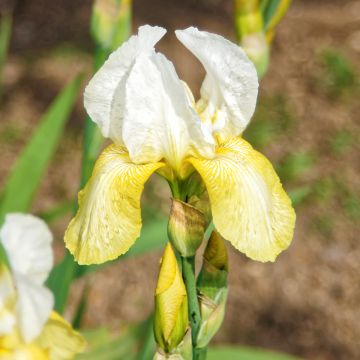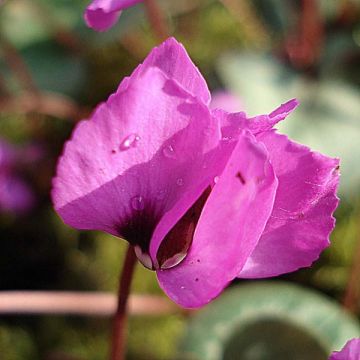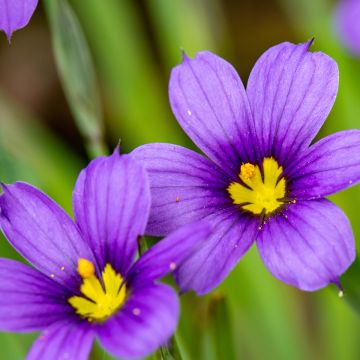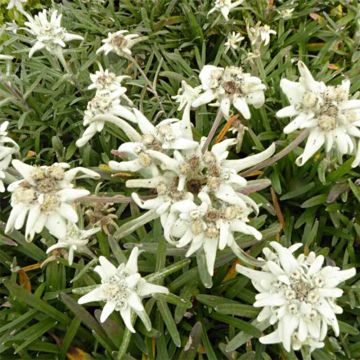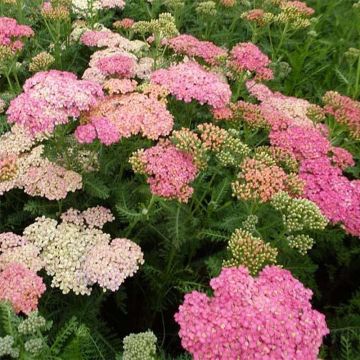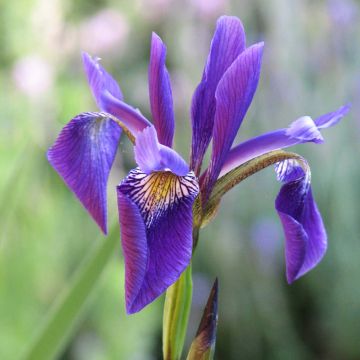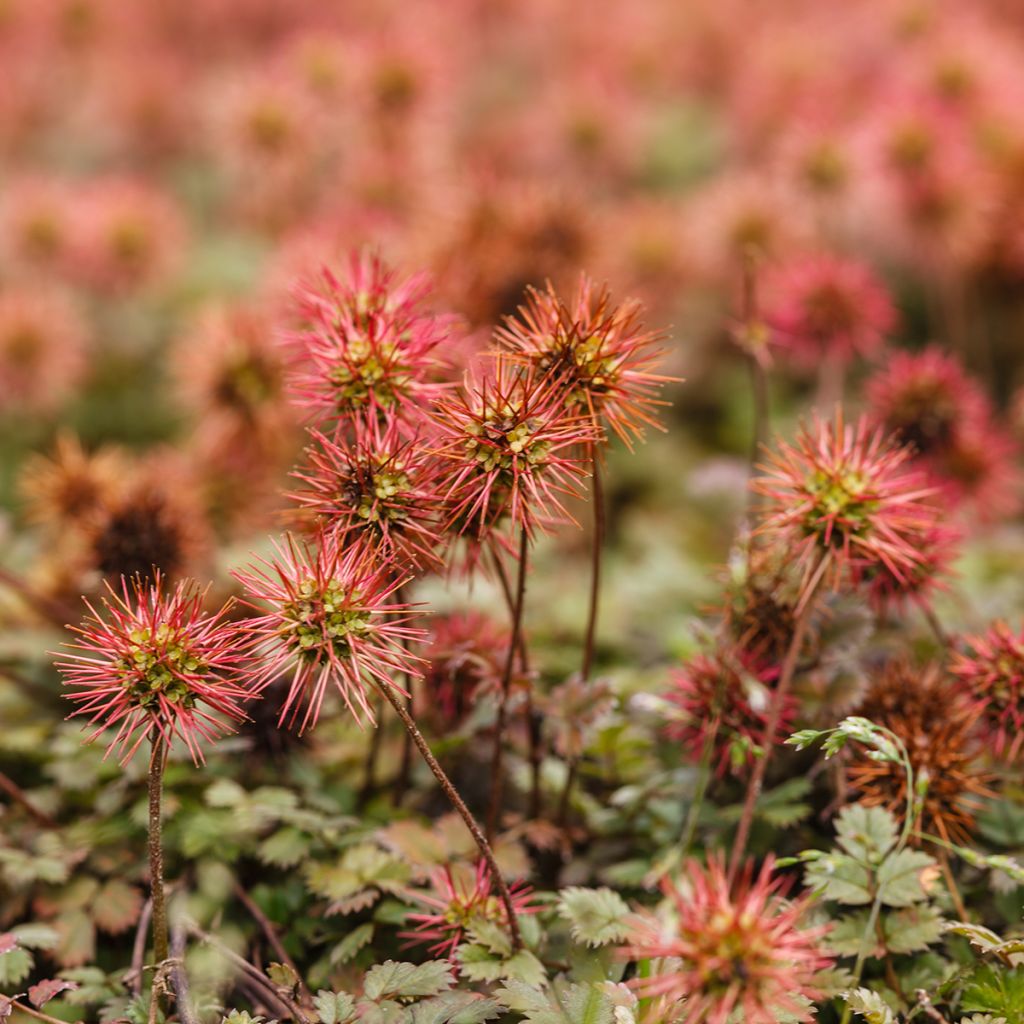

Acaena microphylla
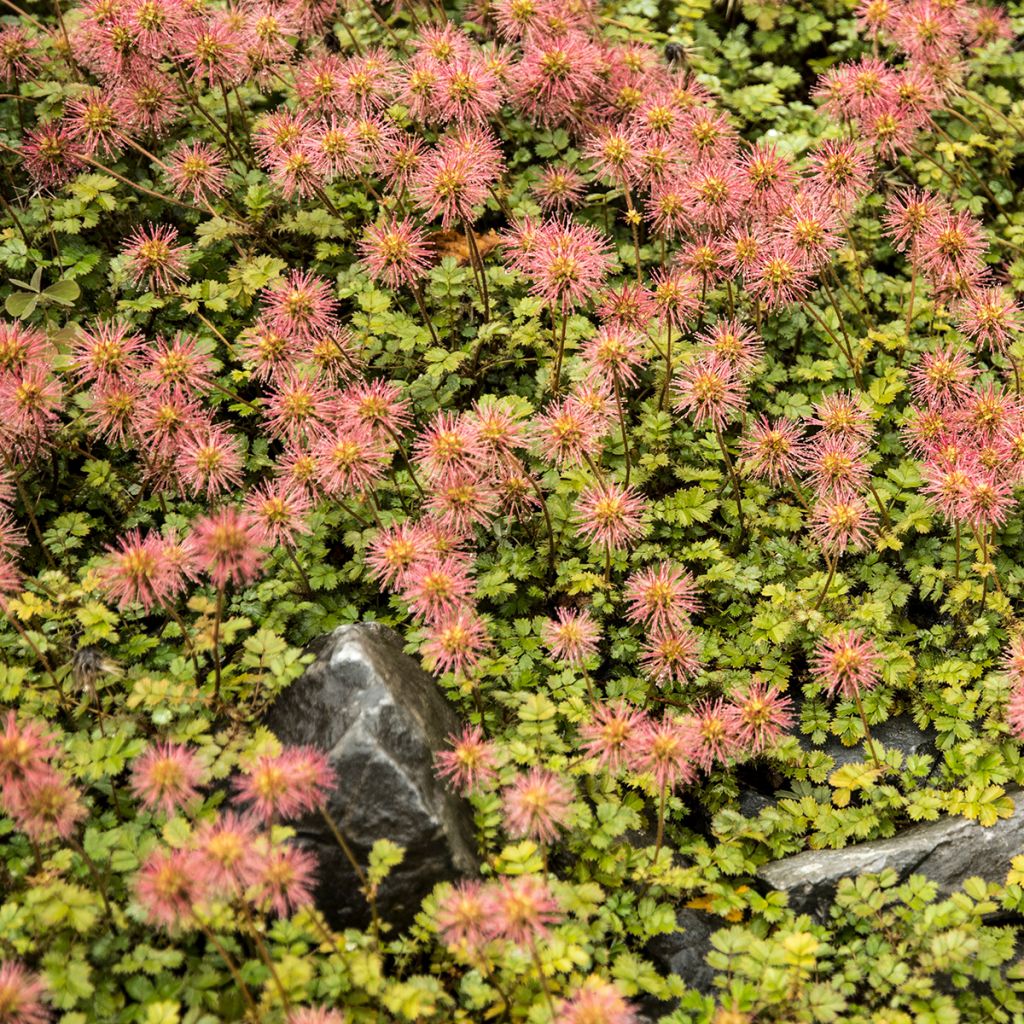

Acaena microphylla
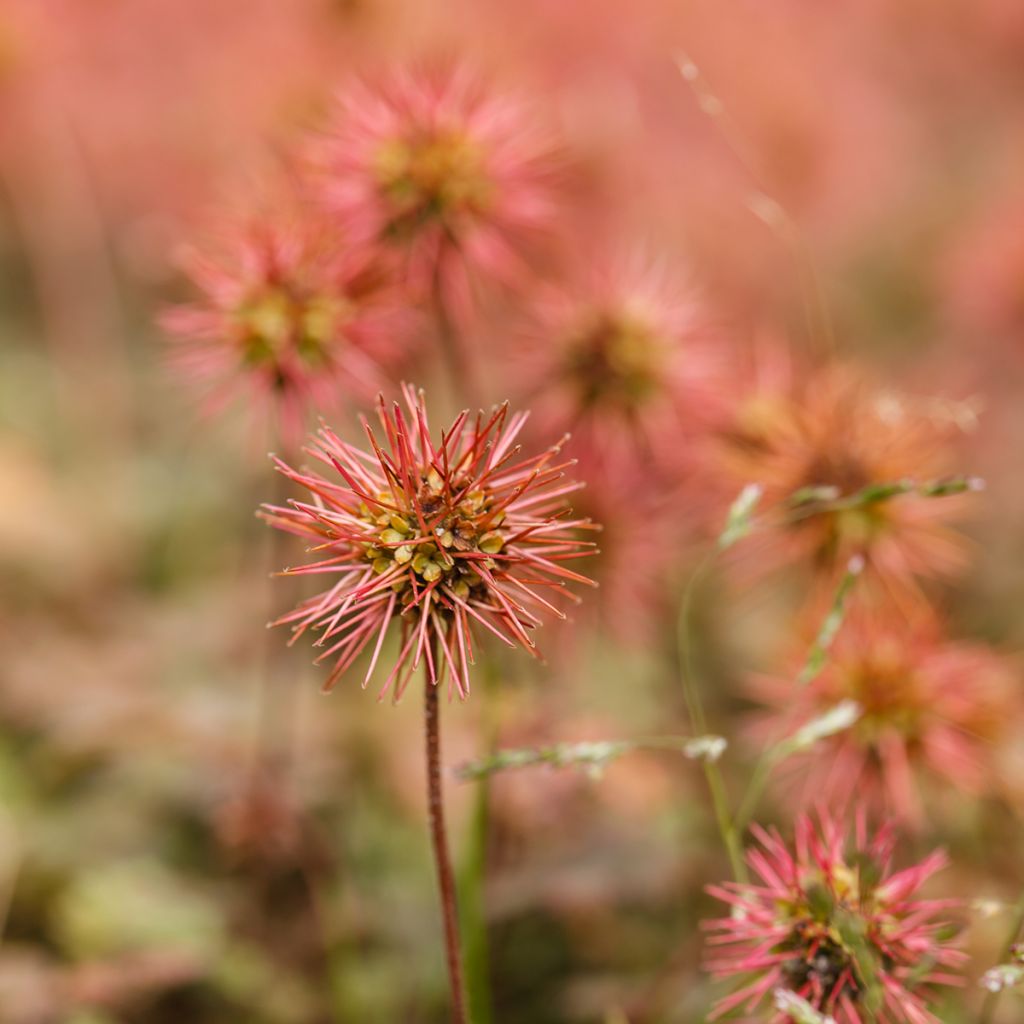

Acaena microphylla
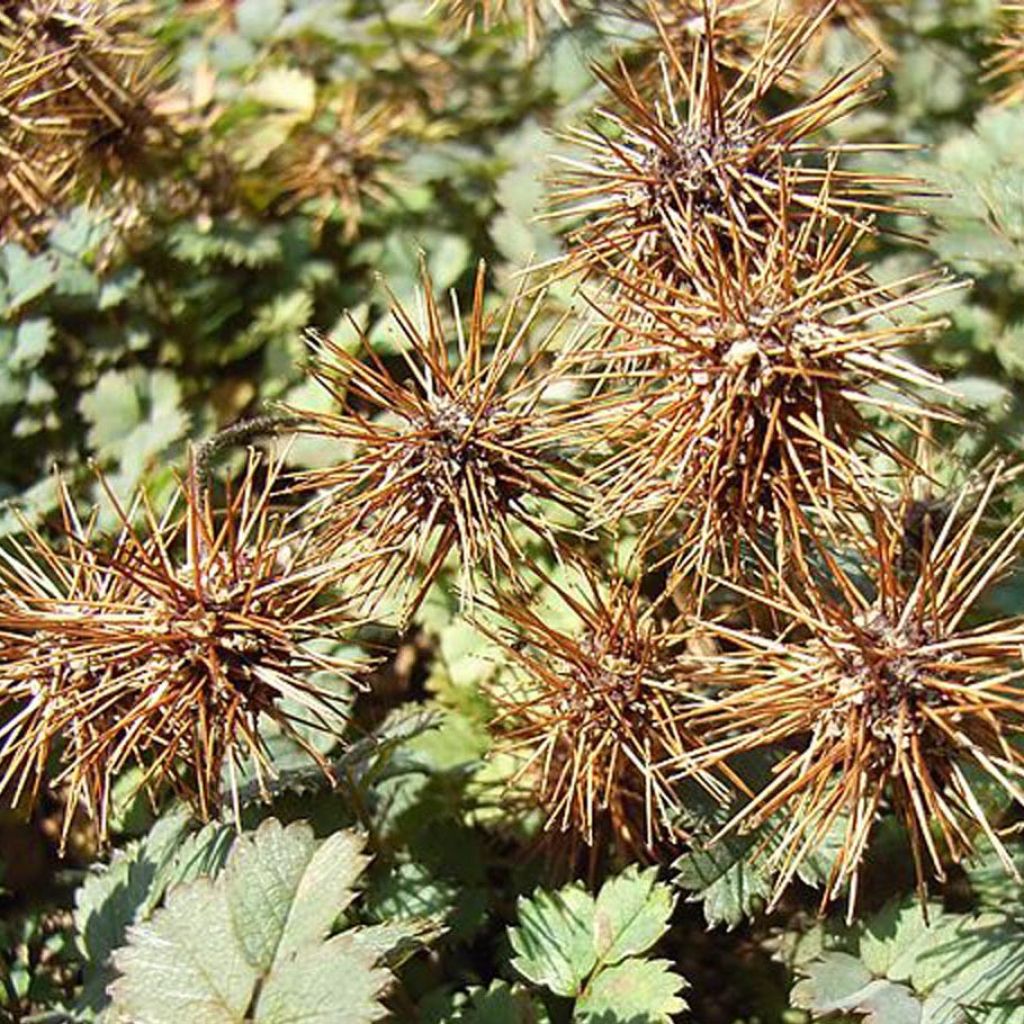

Acaena microphylla
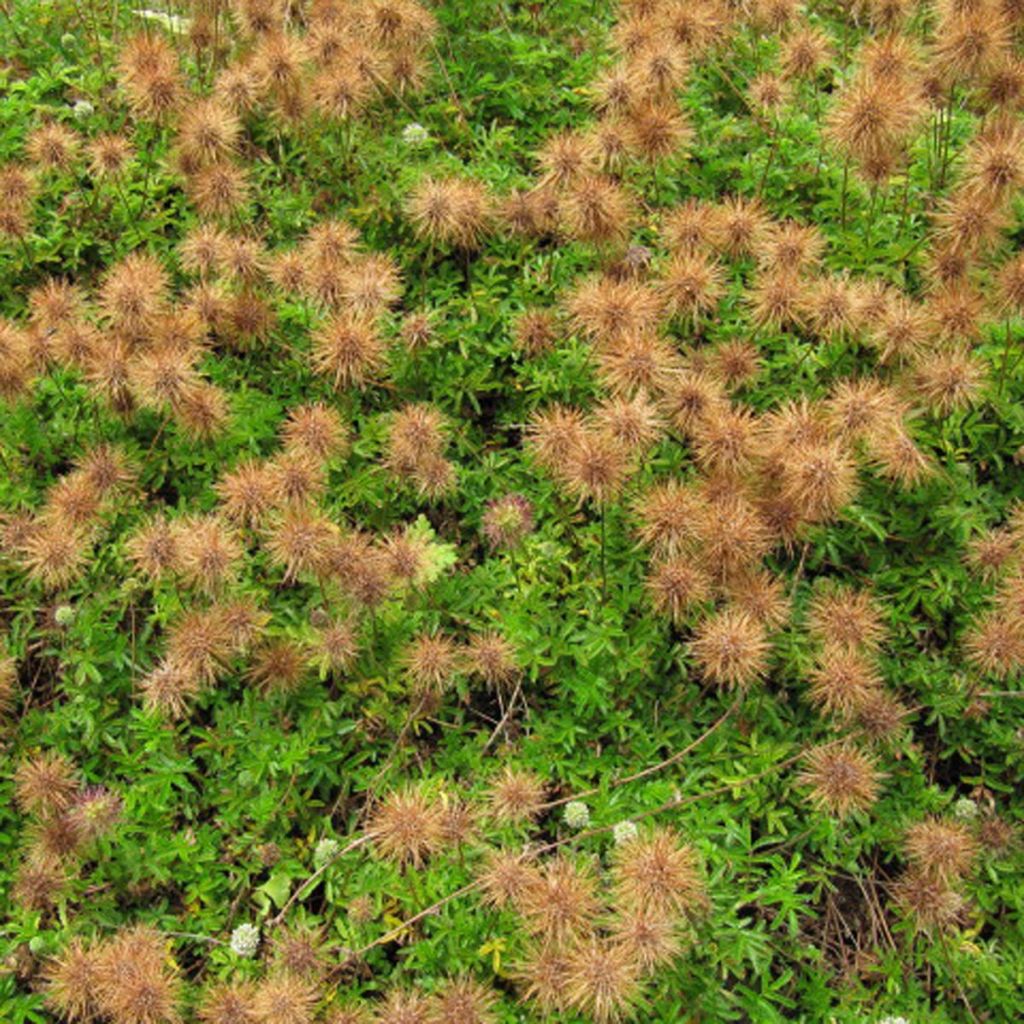

Acaena microphylla
Acaena microphylla
Acaena microphylla
New Zealand Bur, New Zealand Burr, Rosy-spined New Zealand Bur, Small-leafed Burr
This item cannot be shipped to the selected country
Delivery charge from €5.90
More information
Schedule delivery date,
and select date in basket
This plant carries a 12 months recovery warranty
More information
We guarantee the quality of our plants for a full growing cycle, and will replace at our expense any plant that fails to recover under normal climatic and planting conditions.
From €5.90 for pickup delivery and €6.90 for home delivery
Express home delivery from €8.90.

Does this plant fit my garden?
Set up your Plantfit profile →
Description
The Acaena microphylla, also known as the small-leafed burr, is a small, vigorous, light, original perennial ground cover plant with tiny bronze sorrel-like foliage that turns green and coppery as it matures. It is covered in summer with small greenish globular flowers followed by attractive dark pink spiky fruits in autumn. Delicate but not invasive, this effective ground cover can be used between paving stones, as a border highlight or as a substitute for a lawn in lightly trafficked areas. Very pleasant in a sunny rockery, this little plant thrives in well-drained soil, healthy in winter and not too dry in summer.
Native to the meadows of New Zealand, this burr is one of the smallest in its genus. This perennial of the rose family forms a dense cushion measuring 30 cm (12in) wide, with pale green compound leaves finely divided into leaflets not exceeding 3 mm (1in) in diameter. Its foliage is evergreen in mild climates. Its leaves are carried by underground stems and roots, allowing it to spread over time. In June-July, small white to greenish flowers appear in small spheres. In autumn, countless curious fruits, globular and spiky but not prickly and of a lovely dark pink shade, stand out above the foliage and last several weeks until the end of summer. Fruits attach to animals' hair, promoting dispersion over long distances.
The small-leafed burr is a plant that thrives in almost any type of soil in alpine climates, but it is generally much less demanding to grow than strictly mountain species. However, it does not tolerate very dry summers at all. Perfectly hardy, Acaena microphylla is highly appreciated in rockeries, as a border plant or as a ground cover at the base of bushes accompanied by small spring bulbs and colourful grasses such as Imperata cylindrica Red Baron. It also grows well in containers or pots, where it will easily spill over. Acaena can also be used on a green roof or living wall in cool climates when combined with small sedums, houseleeks, saxifrages or small grasses.
Report an error about the product description
Acaena microphylla in pictures


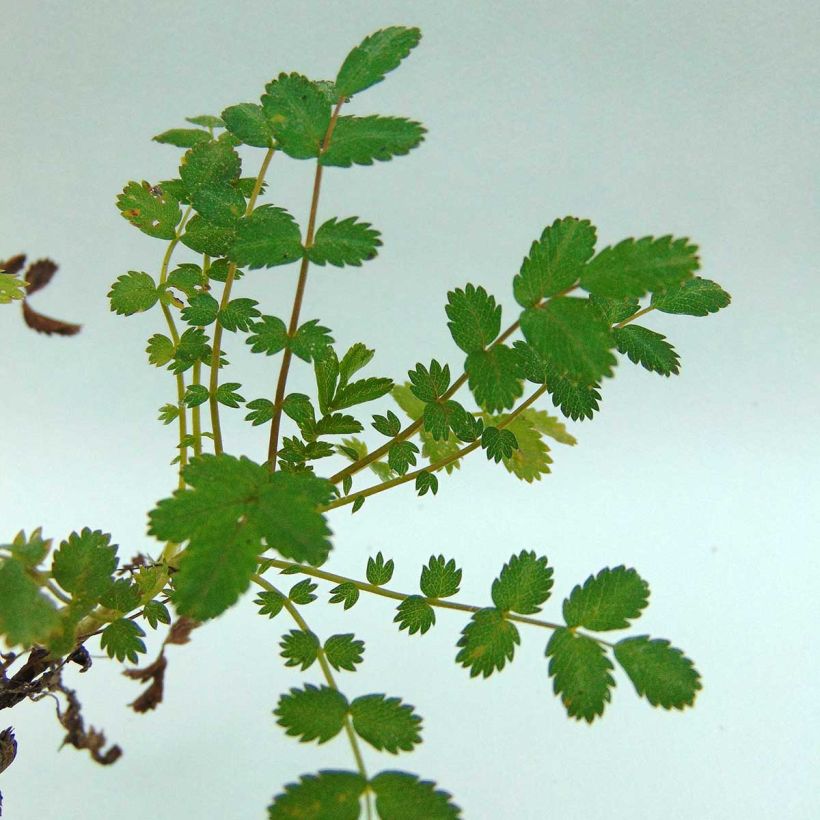



Flowering
Foliage
Plant habit
Botanical data
Acaena
microphylla
Rosaceae
New Zealand Bur, New Zealand Burr, Rosy-spined New Zealand Bur, Small-leafed Burr
Oceania
Other Acaena
Planting and care
Acaena microphylla is a robust perennial plant that thrives in well-draining soil, including poor, fresh, rocky, and even limestone soil, with a sunny to slightly shaded exposure. During the initial stages of planting, it is essential to protect the young plants from weeds, which could impede their growth and establishment. Once it has developed, the plant is so dense that it prevents the growth of other plants by obstructing their seeds from germinating. It is best to remove the creeping stems to limit the plant's spread. Additionally, the soil should not completely dry out during summer.
Planting period
Intended location
Care
-
, onOrder confirmed
Reply from on Promesse de fleurs
Spring flowering perennials
Haven't found what you were looking for?
Hardiness is the lowest winter temperature a plant can endure without suffering serious damage or even dying. However, hardiness is affected by location (a sheltered area, such as a patio), protection (winter cover) and soil type (hardiness is improved by well-drained soil).

Photo Sharing Terms & Conditions
In order to encourage gardeners to interact and share their experiences, Promesse de fleurs offers various media enabling content to be uploaded onto its Site - in particular via the ‘Photo sharing’ module.
The User agrees to refrain from:
- Posting any content that is illegal, prejudicial, insulting, racist, inciteful to hatred, revisionist, contrary to public decency, that infringes on privacy or on the privacy rights of third parties, in particular the publicity rights of persons and goods, intellectual property rights, or the right to privacy.
- Submitting content on behalf of a third party;
- Impersonate the identity of a third party and/or publish any personal information about a third party;
In general, the User undertakes to refrain from any unethical behaviour.
All Content (in particular text, comments, files, images, photos, videos, creative works, etc.), which may be subject to property or intellectual property rights, image or other private rights, shall remain the property of the User, subject to the limited rights granted by the terms of the licence granted by Promesse de fleurs as stated below. Users are at liberty to publish or not to publish such Content on the Site, notably via the ‘Photo Sharing’ facility, and accept that this Content shall be made public and freely accessible, notably on the Internet.
Users further acknowledge, undertake to have ,and guarantee that they hold all necessary rights and permissions to publish such material on the Site, in particular with regard to the legislation in force pertaining to any privacy, property, intellectual property, image, or contractual rights, or rights of any other nature. By publishing such Content on the Site, Users acknowledge accepting full liability as publishers of the Content within the meaning of the law, and grant Promesse de fleurs, free of charge, an inclusive, worldwide licence for the said Content for the entire duration of its publication, including all reproduction, representation, up/downloading, displaying, performing, transmission, and storage rights.
Users also grant permission for their name to be linked to the Content and accept that this link may not always be made available.
By engaging in posting material, Users consent to their Content becoming automatically accessible on the Internet, in particular on other sites and/or blogs and/or web pages of the Promesse de fleurs site, including in particular social pages and the Promesse de fleurs catalogue.
Users may secure the removal of entrusted content free of charge by issuing a simple request via our contact form.
The flowering period indicated on our website applies to countries and regions located in USDA zone 8 (France, the United Kingdom, Ireland, the Netherlands, etc.)
It will vary according to where you live:
- In zones 9 to 10 (Italy, Spain, Greece, etc.), flowering will occur about 2 to 4 weeks earlier.
- In zones 6 to 7 (Germany, Poland, Slovenia, and lower mountainous regions), flowering will be delayed by 2 to 3 weeks.
- In zone 5 (Central Europe, Scandinavia), blooming will be delayed by 3 to 5 weeks.
In temperate climates, pruning of spring-flowering shrubs (forsythia, spireas, etc.) should be done just after flowering.
Pruning of summer-flowering shrubs (Indian Lilac, Perovskia, etc.) can be done in winter or spring.
In cold regions as well as with frost-sensitive plants, avoid pruning too early when severe frosts may still occur.
The planting period indicated on our website applies to countries and regions located in USDA zone 8 (France, United Kingdom, Ireland, Netherlands).
It will vary according to where you live:
- In Mediterranean zones (Marseille, Madrid, Milan, etc.), autumn and winter are the best planting periods.
- In continental zones (Strasbourg, Munich, Vienna, etc.), delay planting by 2 to 3 weeks in spring and bring it forward by 2 to 4 weeks in autumn.
- In mountainous regions (the Alps, Pyrenees, Carpathians, etc.), it is best to plant in late spring (May-June) or late summer (August-September).
The harvesting period indicated on our website applies to countries and regions in USDA zone 8 (France, England, Ireland, the Netherlands).
In colder areas (Scandinavia, Poland, Austria...) fruit and vegetable harvests are likely to be delayed by 3-4 weeks.
In warmer areas (Italy, Spain, Greece, etc.), harvesting will probably take place earlier, depending on weather conditions.
The sowing periods indicated on our website apply to countries and regions within USDA Zone 8 (France, UK, Ireland, Netherlands).
In colder areas (Scandinavia, Poland, Austria...), delay any outdoor sowing by 3-4 weeks, or sow under glass.
In warmer climes (Italy, Spain, Greece, etc.), bring outdoor sowing forward by a few weeks.

































